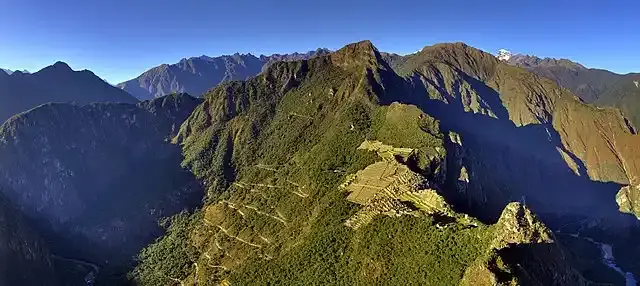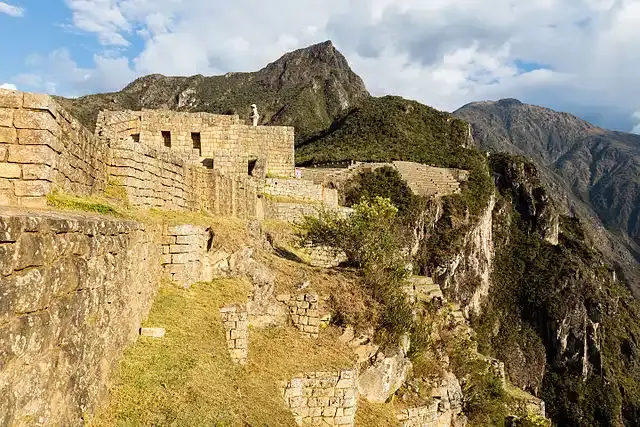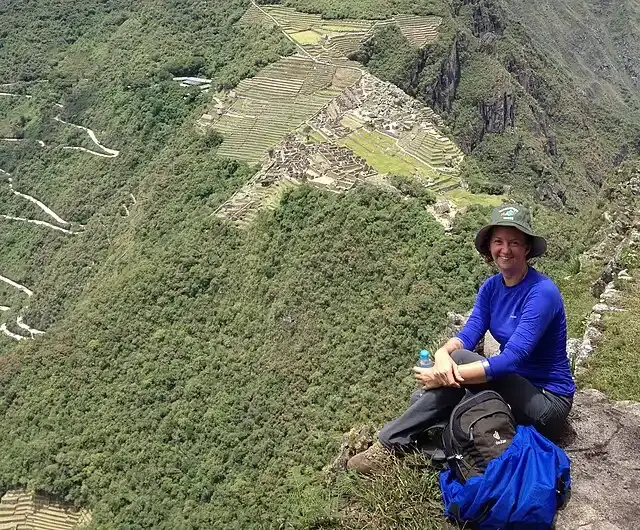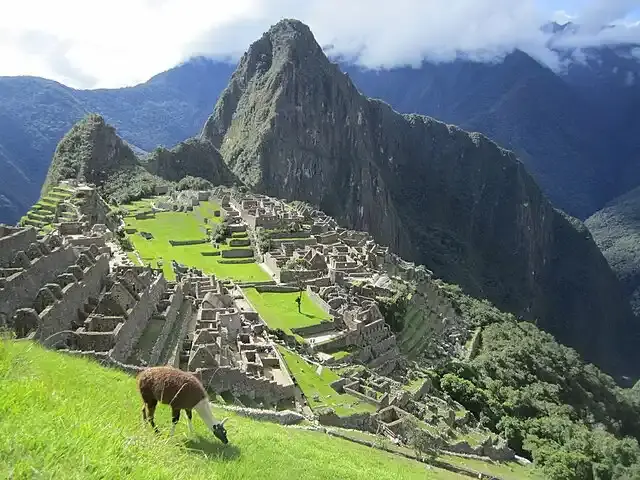Exploring the Wonders of Machu Picchu: Your Comprehensive Guide to the Lost City Introduction
Located high in Peru's Andes, the lost city of Machu Picchu is one of the world's most prominent archaeological sites. It is believed that the city was built in the fifteenth century by the Inca emperor Pachacoti. A symbol of Inca civilization, Machu Picchu annually attracts hundreds of thousands of tourists who come to explore its beauty and mystery. In this article, we will take you on an expedition through the history of the city and its most prominent landmarks, and give you practical tips to make your visit an unforgettable experience.
History of Machu Picchu

Founding of the city
Machu Picchu was founded in the middle of the fifteenth century, approximately in 1450. It is believed that it was either an imperial residence or an important religious center. It was discovered by the outside world in 1911 when it was discovered by the American explorer Hiram Bingham.
Recommend
The importance of the city
The discovery of Machu Picchu was not just an archaeological discovery, but a light on the greatness of the Inca civilization. The city contains about 200 buildings, including temples, squares and palaces. Architectural structures show the ingenuity of the Incas in architecture and town planning.
Main landmarks of Machu Picchu

Sun Temple
One of Machu Picchu's most prominent and impressive features is the Sun Temple, believed to have been used to perform religious rituals associated with the sun, the main god of the Inca religion. The temple is characterized by its circular construction, a unique design in the Inca civilization, demonstrating the temple's religious importance.
Construction and design
The circular construction of the temple differs from other structures in Machu Picchu, reinforcing the hypothesis that it was used for religious purposes. The walls are built of huge, finely intertwined stones without the use of mortar, a technique known as "micro-incision". The windows are specifically designed to track the movement of the sun during the winter and summer solstices, allowing sunlight to enter through specific points, creating a wonderful light phenomenon inside the temple.
Religious and astronomical significance
The Sun Temple had a major role in religious rituals and ceremonies associated with the sun, as the emperor himself was believed to be the son of the sun. In the winter solstice, sunlight enters through the window to illuminate a specific stone inside the temple, reflecting the Inca genius in understanding astronomy and using it in their religious rituals.
Sacred Stone
The Sacred Stone is a prominent monument in Machu Picchu, also known as "Intihuanata". It is believed that the Incas used it for astronomical and religious purposes, as it symbolized spiritual power and cosmic energy.
Engineering & Design
The stone is finely polished, reflecting the exquisite craftsmanship of the Incas. It is carved in such a way as to ensure that there are no sharp corners, enhancing its geometric beauty and showing the ingenuity of the Incas in dealing with stones.
Astronomical and religious functions
It is believed that the sacred stone was used as a reference point for scheduling religious rituals and astronomical events. The Incas believed that this stone could "bind" the sun in place to prevent it from escaping away during the winter solstice. In addition, it was used to identify equinoxes and solstices, reflecting their deep knowledge of astronomy.
Central Square
The central square is an open and spacious space in the heart of Machu Picchu, and was used as a center for celebrations and social gatherings, reflecting the importance of social and religious life in the Inca community.
Planning and use
The central square is surrounded by many important buildings, including temples and royal residences, demonstrating its importance in city life. They were used for religious and social ceremonies, where residents gathered to celebrate important occasions and make offerings to the gods.
Panoramic view
From the central square, you can enjoy a stunning panoramic view of the surrounding mountains and the entire site. This strategic location allowed residents to follow natural events, such as sunrises and sunsets, reinforcing their spiritual connection to nature and the surrounding environment.
The importance of Machu Picchu's landmarks in understanding the Inca civilization
Machu Picchu's main landmarks such as the Sun Temple, the Sacred Stone, and the Central Square not only reflect the ingenious architecture of the Incas, but also express their depth of understanding of astronomy, religion, and nature. These monuments contribute to the formation of a comprehensive picture of the Inca civilization, and highlight the complexity and sophistication of the society that created this amazing city.
Explore Machu Picchu

How to get to Machu Picchu
Machu Picchu can be reached in several ways. The most common route is the train that runs from the city of Cusco to the village of Aguas Calientes, which is the point closest to the site. From there, you can take a bus or walk a short walk to the entrance.
Inca Path
For adventure lovers, try the Inca Trail, a hiking trail that takes about four days to reach Machu Picchu. This trail takes you through stunning landscapes and requires good physical preparation.
Best time to visit
May to September is the best time to visit Machu Picchu, where the weather is stable and rainfall is low. It is preferable to book in advance due to the high demand for the site during this period.
Tips for visiting

Necessary equipment
Before visiting Machu Picchu, be sure to prepare a light backpack with essential items such as water, snacks, sun protection cream, and appropriate clothing. Wearing comfortable shoes that are suitable for long walks is crucial.
Advance Booking
Due to Machu Picchu's popularity, you must book tickets in advance, especially if you plan to walk along the Inca trail. Advance booking ensures you enter on time and avoids long waits.
Respect for the site
Machu Picchu is an archaeological site of great historical value, so visitors must respect the rules and instructions related to the preservation of the site. Avoid touching or climbing monuments, and make sure to dispose of waste properly.
Other activities in the area

Cusco
Cusco is the closest town to Machu Picchu, and worth a separate visit. It was the capital of the Inca Empire, and contains many important archaeological sites such as Saxaihuaman Castle and the Sun Temple (Korkancha).
Urubamba Valley
The Urubamba Valley, also known as the Sacred Inca Valley, offers stunning landscapes and archaeological sites worth exploring. Day trips can be organised to explore traditional villages such as Pisac and Uliantetembo.
Visiting Machu Picchu is a unique experience that combines history, adventure and nature. Whether you're a fascinating explorer of history or just a nature lover, this lost city offers you an unforgettable journey into the heart of the Inca civilization. With good planning and respect for the location, your visit to Machu Picchu can be one of the highlights of your life.








